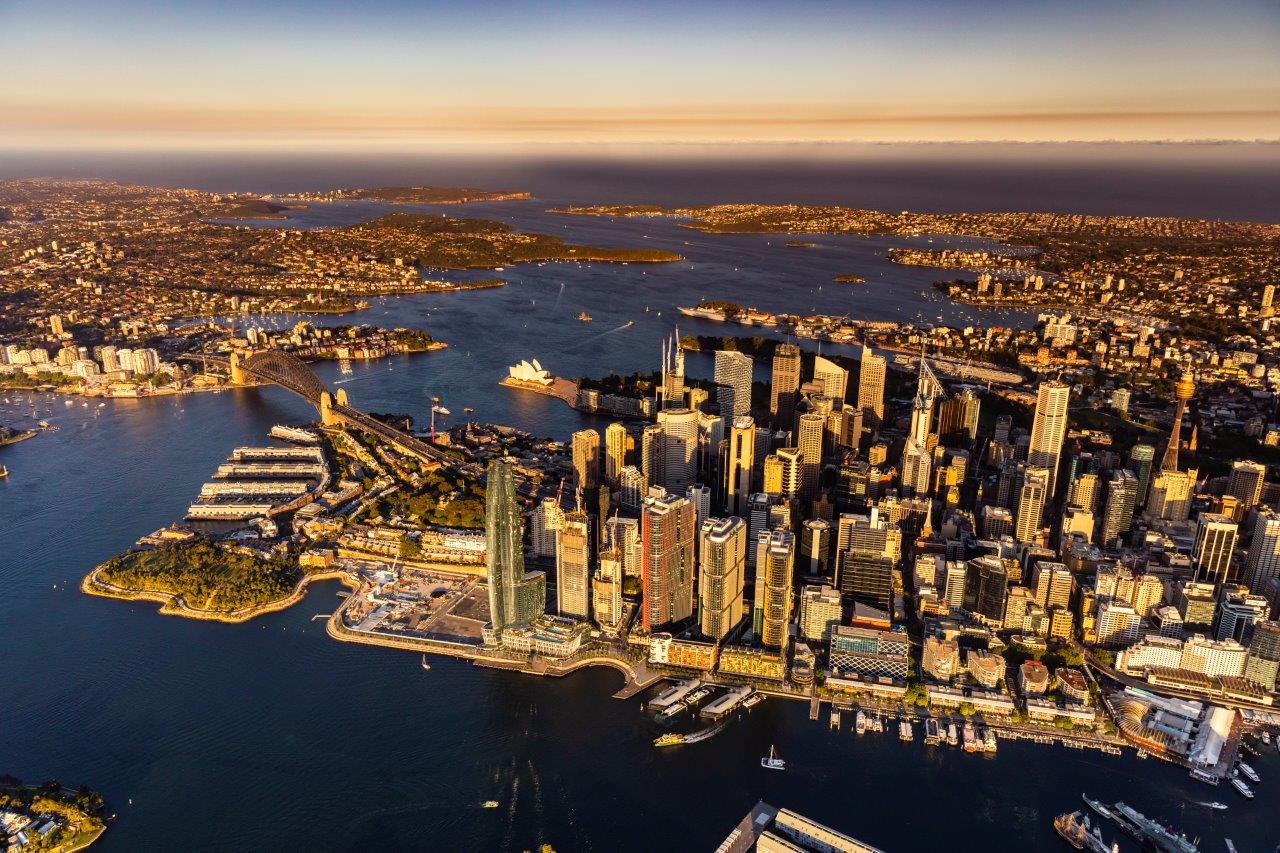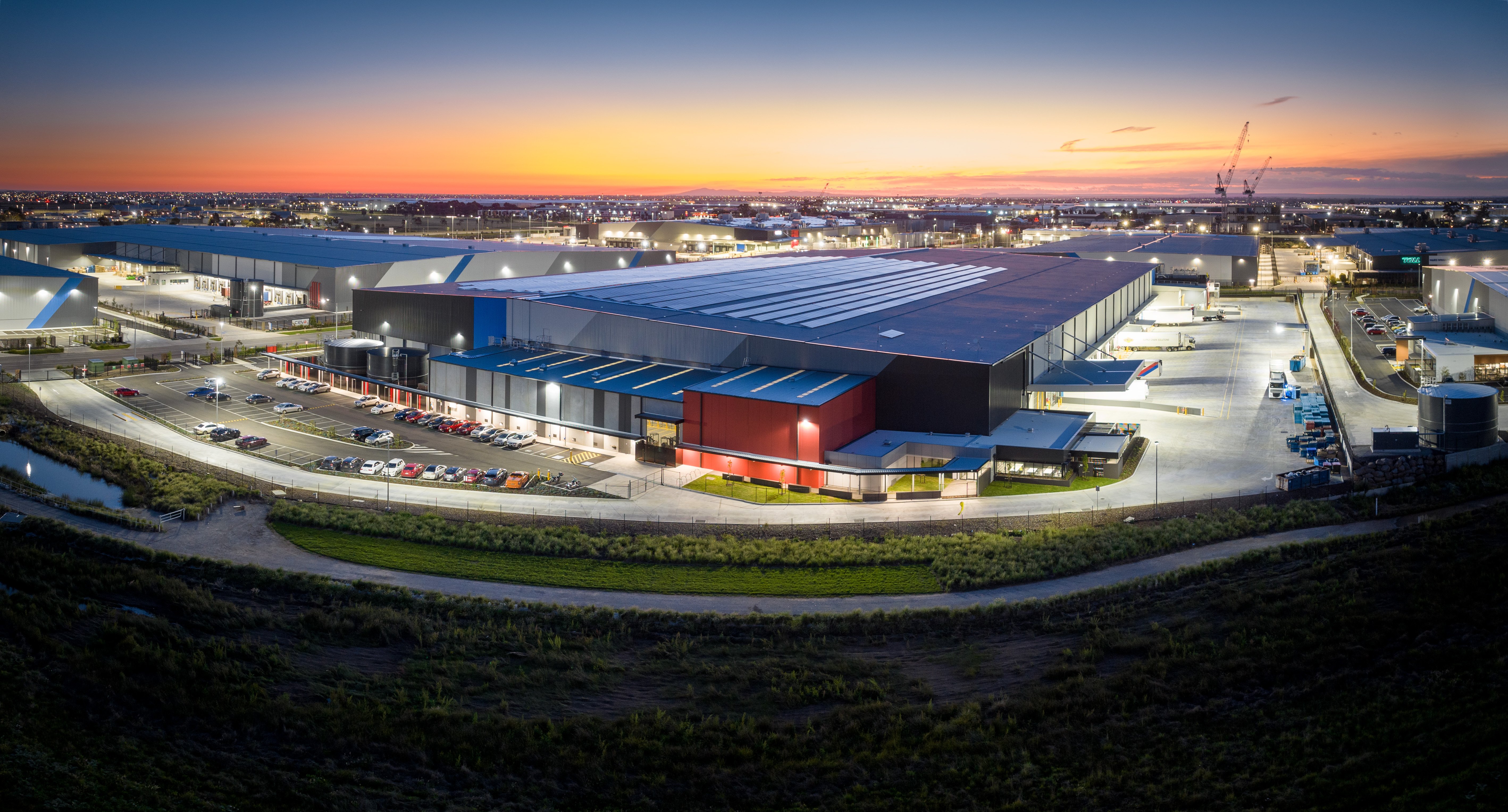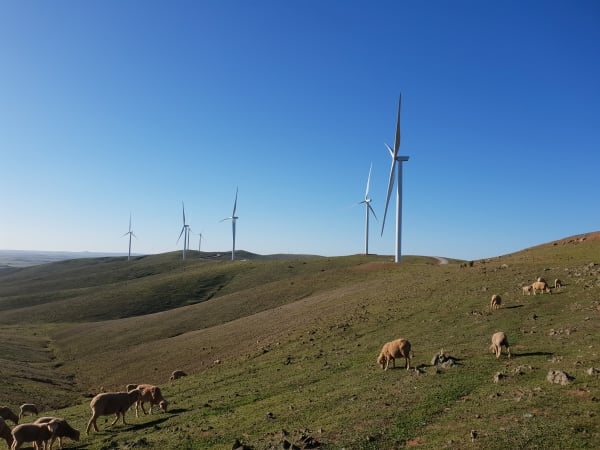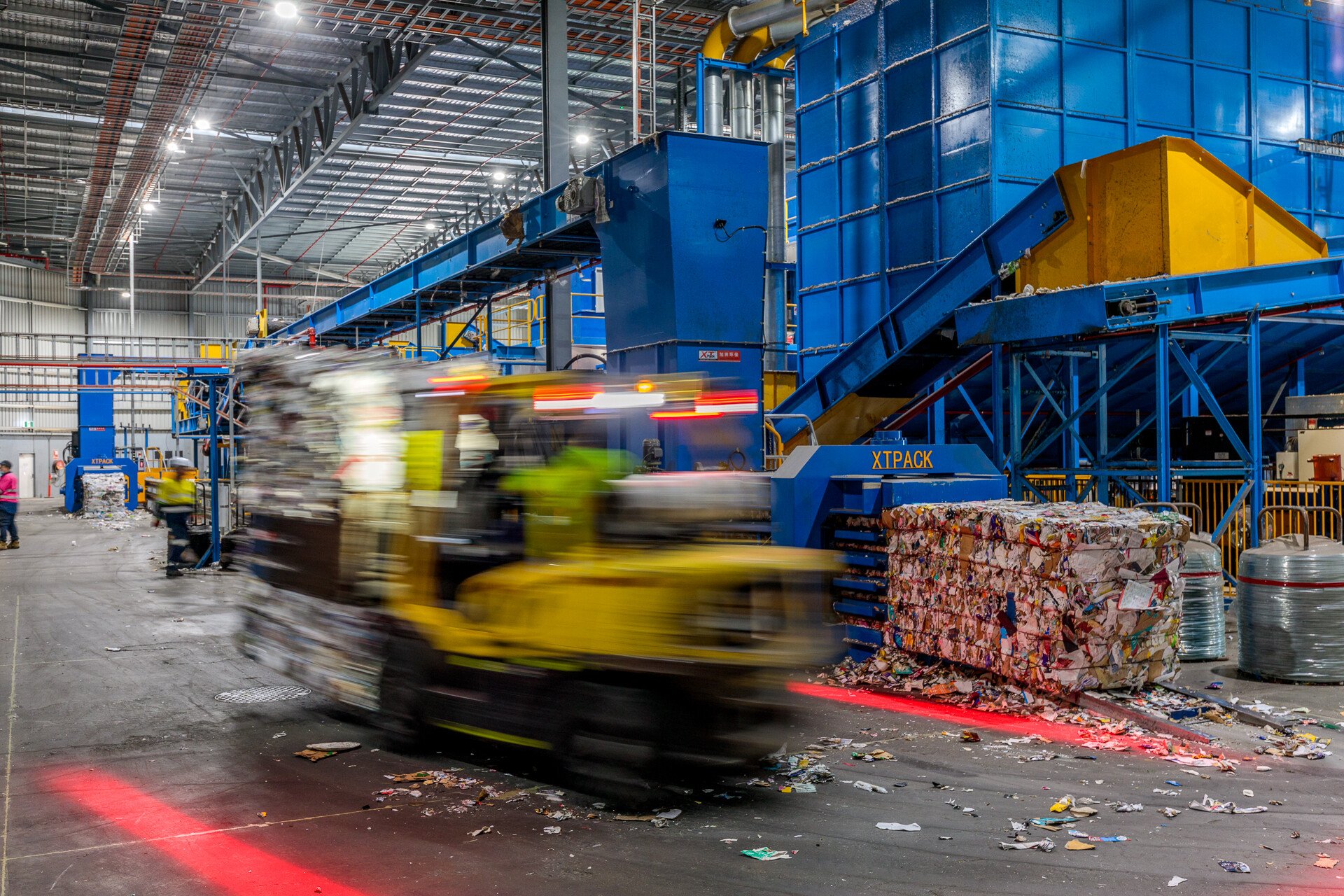Environment
Creating a positive impact by building capability through meaningful climate action, rethinking resources and prioritising nature
Charter Hall recognises that buildings have a significant impact on the global environment:
- contributing to over 30% of the total global greenhouse gas emissions
- generating more than 40% of the solid waste from construction and demolition activities
- using 20% of the world's available drinking water.
As one of Australia’s leading fully integrated property investment and funds management groups, we have a critical role to play in addressing these environmental challenges.


Our approach remains practical and authentic, leveraging our platform-wide scale to drive a long lasting positive impact on the environment and supporting our customers and partners in delivering on their environmental ambitions as well. Each year, we report and disclose our performance against targets and are proud to maintain Australia's largest footprint of green rated assets. Further information on our approach is available below.
Our emissions | What are we doing to reduce them? |
Scope 1 emissions |
|
Scope 2 emissions |
|
Scope 3 emissions |
|
Net Zero by 2025
In 2022 we accelerated our Net Zero target by five years from 2030 to 2025 for Scope 1 and Scope 2 emissions from assets under our operational control.
Our approach is aligned with the science-based methodology, with an ongoing focus to reducing our emissions. This includes investing in energy efficiency, renewable energy supply, implementing fuel switching strategies, and offsetting any residual Scope 1 emissions with high quality nature based carbon offsets.
We are also addressing the emissions in our value chain - that is our Scope 3 emissions associated with our development pipeline and our tenants’ emissions associated with our downstream leased assets. We have set a long-term and interim Scope 3 target.

Here's what we achieved in FY23:
Scope 1 and 2 - Net Zero by 2025
- Achieved a 61% reduction in absolute carbon emissions against FY17 baseline, despite over a 60% growth in lettable area.
- Powered 80% of assets in operational control with electricity from renewable sources.
Investment in renewables
- Partnered with global energy giant ENGIE to supply 151GWh of wind and solar power annually to our assets in operational control.
- Installed 63MW of onsite solar on our assets, up from 4.6MW. 68% of this onsite solar has been delivered in partnership with tenant customers to provide clean and affordable energy.
Scope 3
- Established our Scope 3 approach, methodology and a long-term target to achieve Net Zero emissions before 2050
- Established a near-term target of over 50% reduction in emissions per square meter of lettable area in our leased assets by 2030 against the baseline year.
Circular economy approach
As a business we are targeting a 75% diversion from landfill by 2030 in our Office and Shopping Centre Retail portfolios, and a 90% diversion from landfill by 2030 for construction and demolition waste.
In FY23, our waste diversion from landfill was 37%, which is an increase of 8% compared to FY22. The improvement in waste diversion rate was largley driven by ongoing tenant engagement programs, further rollout or organics, reducing contamination and working with our waste contractors to improve material recovery. See the Doyle Bros case study.
We will continue to collaborate with our supply chains and community partners to progress our circular economy goals and support the industry drive system‑wide transformation.

Mitigating water stress
We remain focused on conserving freshwater resources and reducing reliance on potable water in our operations. Equally we understand that we have a role to play in protecting, restoring and where possible creating opportunities to improve the biodiversity of environments given our platform-wide footprint. This is a key area of focus for the business, and we have set a target to develop a water strategy that addresses future climate and biodiversity impacts by FY25.
Where we have operational control, we are committed to driving continuous improvement in reducing potable water consumption, by installing water efficient fixtures and rainwater tanks for toilets, irrigation and cooling tower water.
Where we don’t have operational control, we are actively partnering with our tenant customers to install water meters across our assets to identify water leaks and improve water efficiency. Read the smart meters case study
.jpg?sfvrsn=6c97dae5_1)